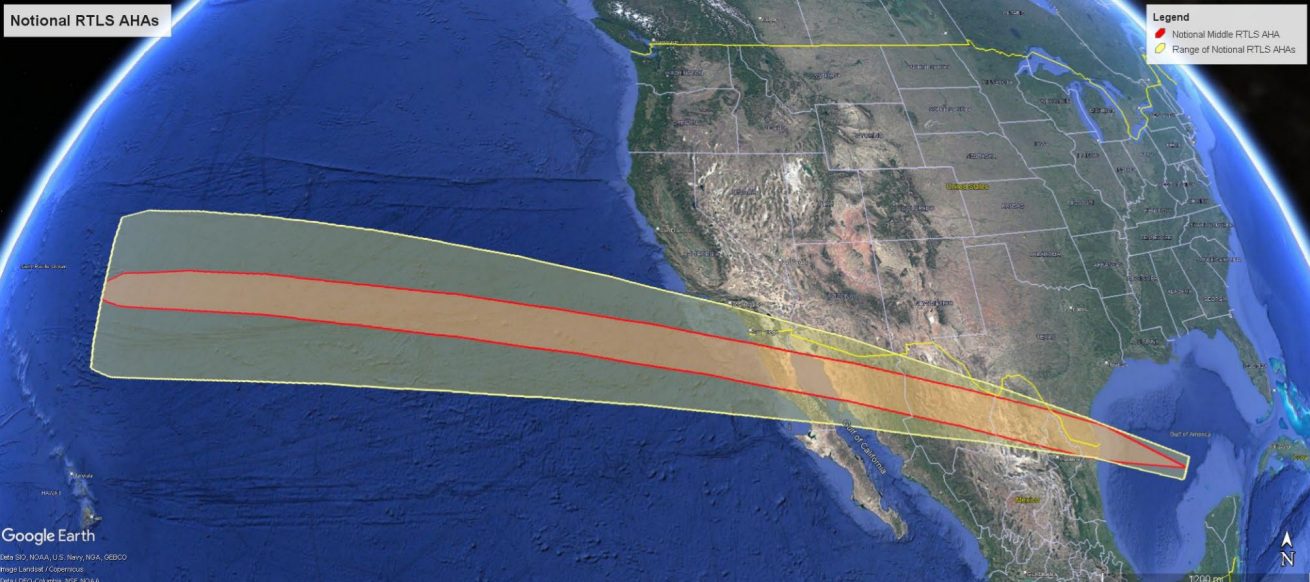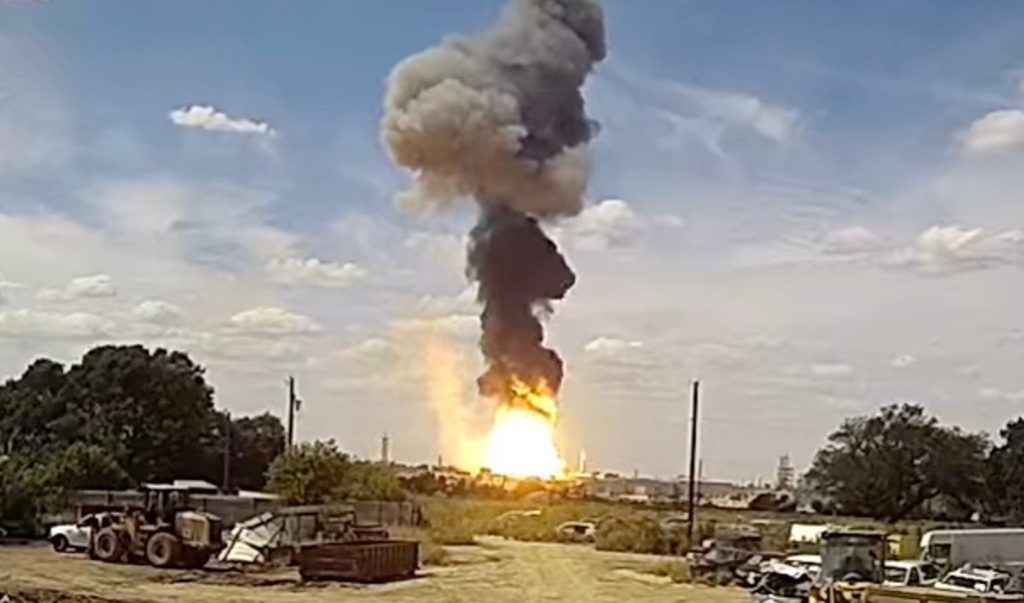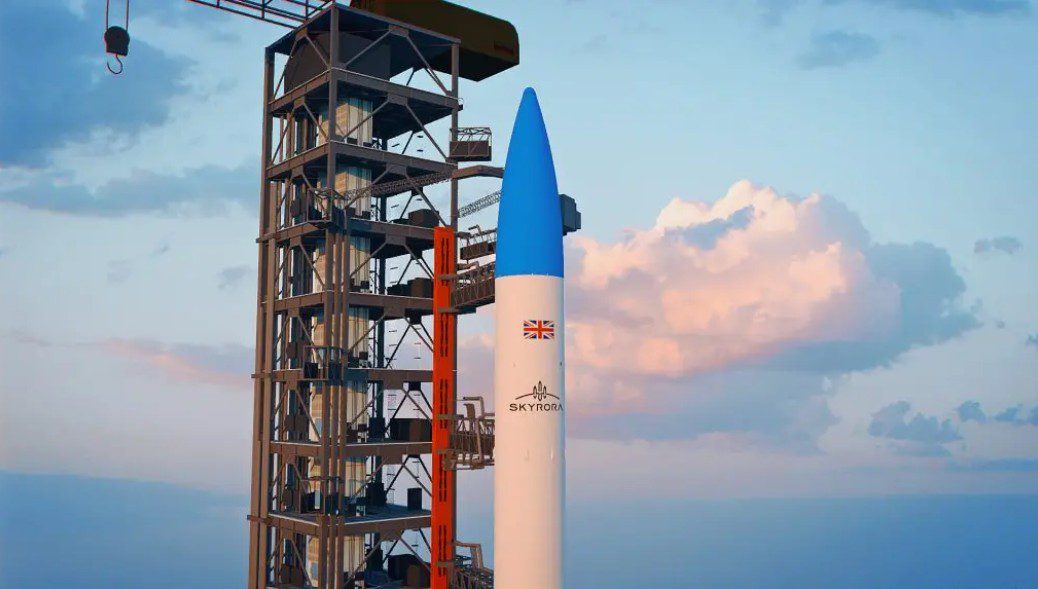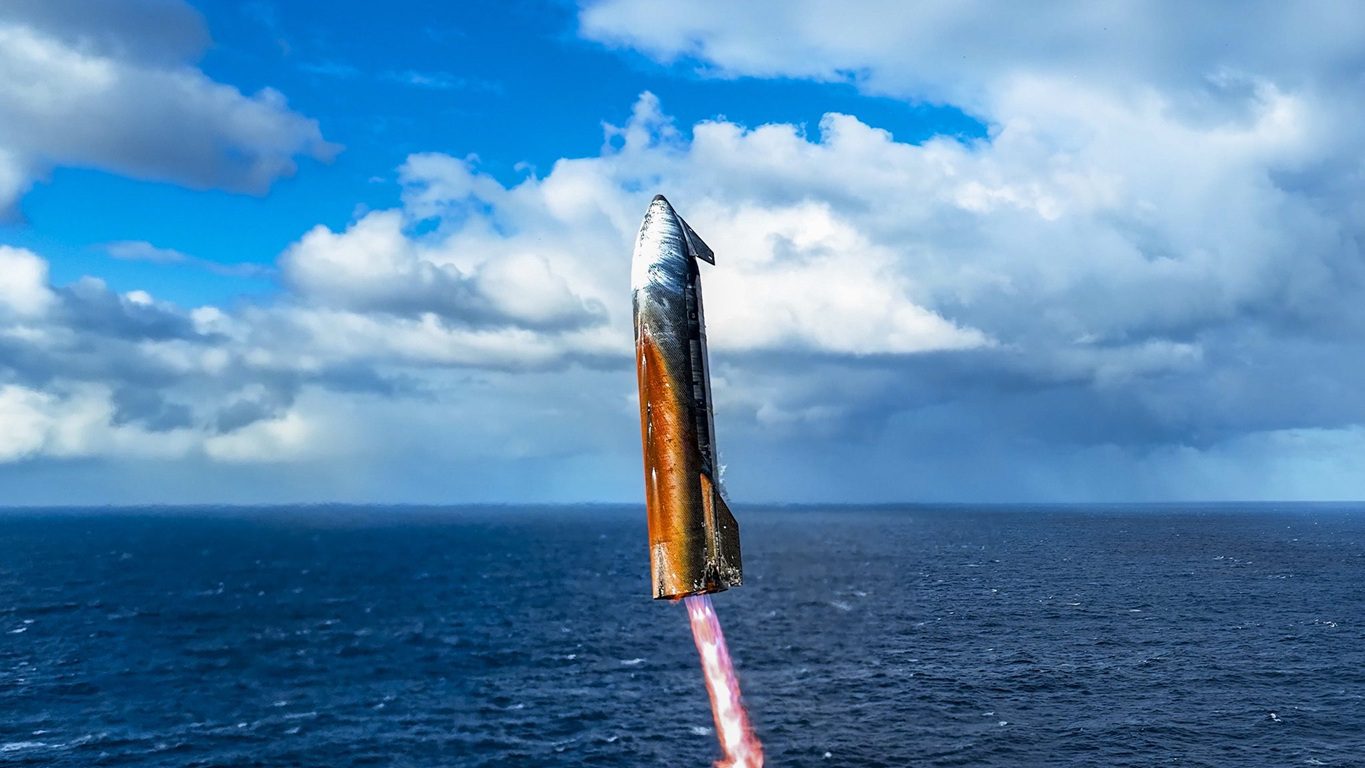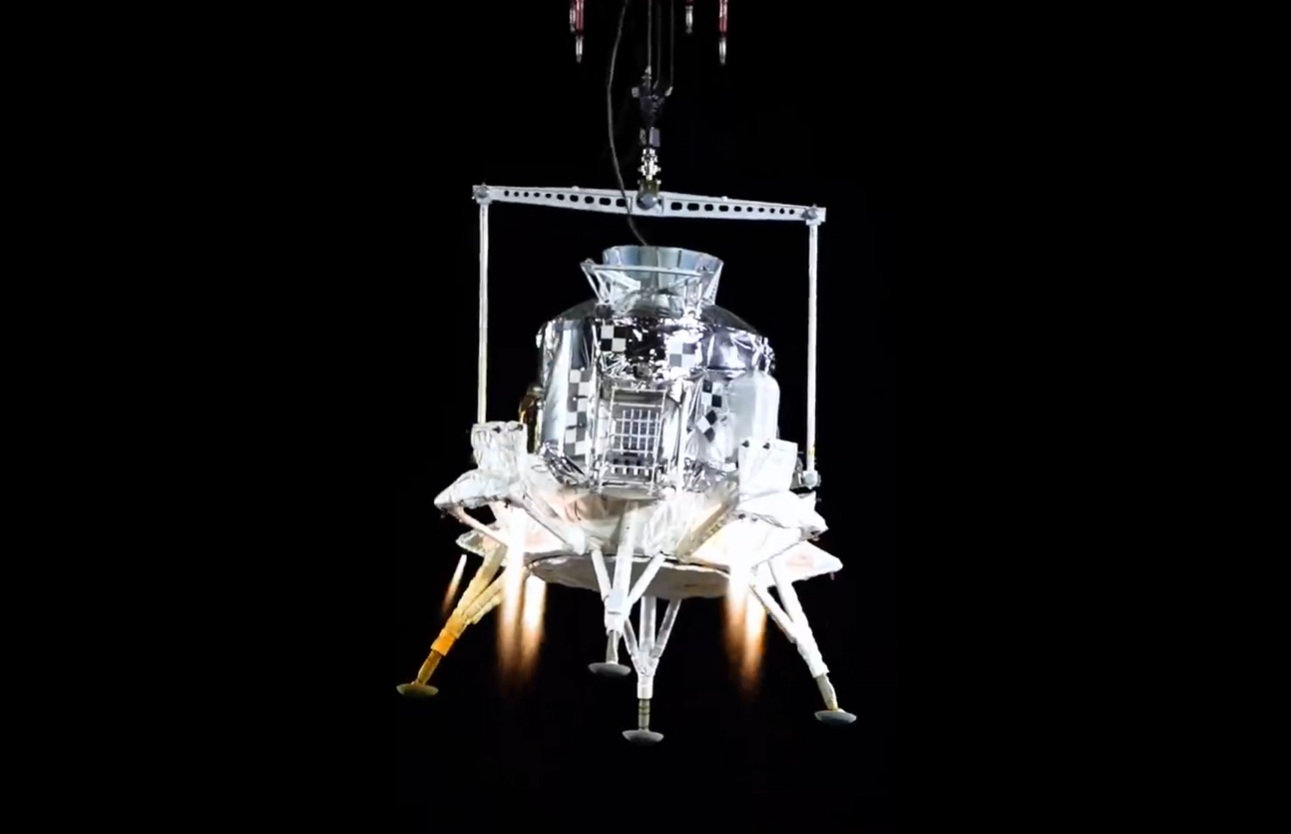At 0323 GMT on 28 December 2016, a Long March 2D/2 (CZ-2D/2) rocket lifted off from the Taiyuan launch site in China carrying two Gaojing 1 spacecraft, Gaojing 1-1 and Gaojing 1-2, into orbit – the first two in a planned constellation of 24 Earth observation satellites. A smaller third satellite, an amateur radio 2U cubesat from a Beijing school called BY70-1, was also carried.
The launch did not go exactly to plan and the satellites were left in a suboptimal elliptical 524 x 212 km orbit at 97.6 degrees inclination, rather than the intended circular 530 km sun-synchronous one. The Gaojing 1 satellites have subsequently raised their orbits using on-board fuel, but it is unlikely that there was enough fuel to do this without reducing their operational lives.
The Gaojing 1 (“SuperView”) satellites were built by CAST using the 300S bus design. They produce high-resolution imagery with a best resolution of 0.5 m, some of which will be sold commercially.
The two Gaojing 1 spacecraft were insured for US$52.1 million for total loss/constructive total loss (CTL) only (for launch plus 12o days) but no claim for loss is expected as the life lost is not expected to breach the CTL point of less than two years life remaining.
Comment by David Todd: This was the final orbital launch of 2016. In total there were 85 orbital launch attempts (carrying 221 spacecraft), of which four launches failed. Of these, only two launches failed to reach orbit at all: a Long March 4C carrying Gaofen 10 on 31 August, and a Soyuz U carrying Progress MS-04 on 1 December. The other two launch vehicle related failures put their spacecraft into an incorrect orbit. These include the launch above and Taipo Dong 3 (Unha 3) putting Kwangmyongsong into a suspected incorrect orbit (and tumble) on 7 February.
The listing above does not include the on-pad failure of a Falcon 9v1.2FT-R which lost the Amos 6 spacecraft. The list of launch failures also excludes those where the satellite’s apogee kick motor/thrusters failed in the final positioning phase of a flight. For example, MUOS 5, and separately, Intelsat 33e, each had to recover themselves using other on-board thrusters.


